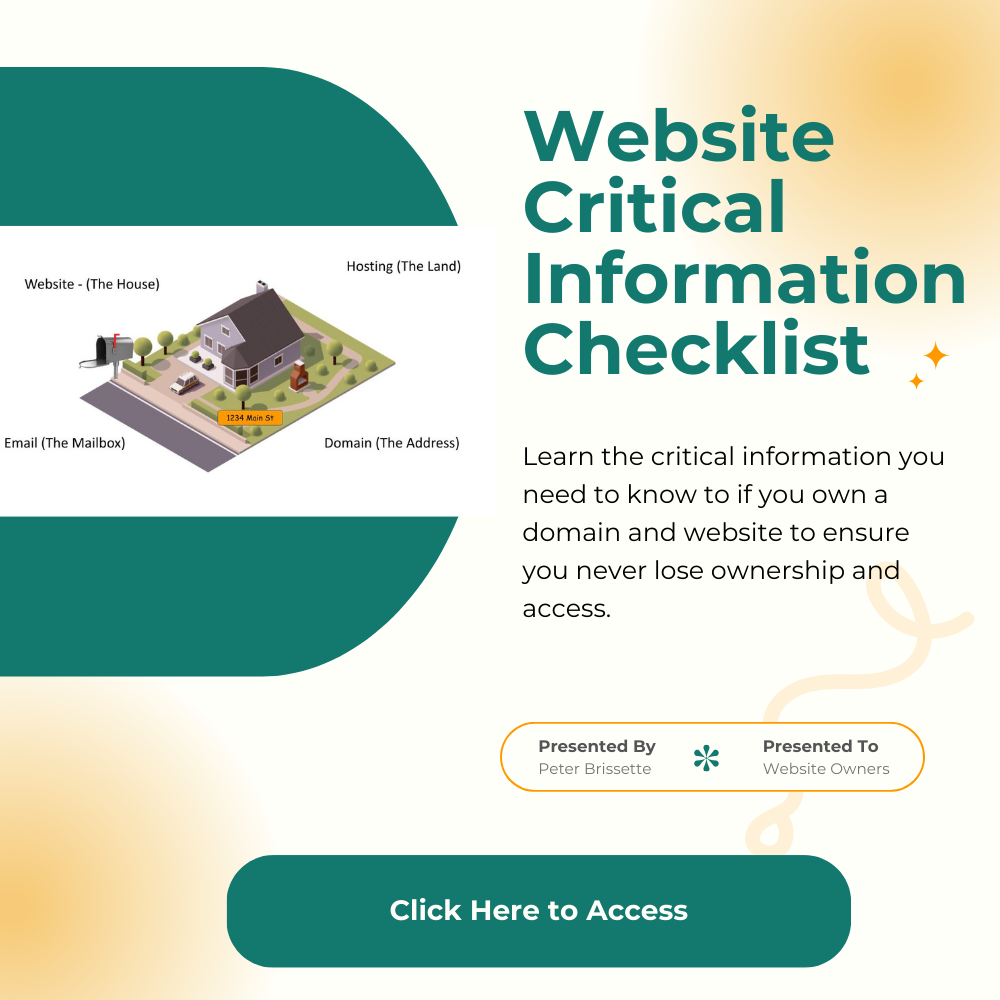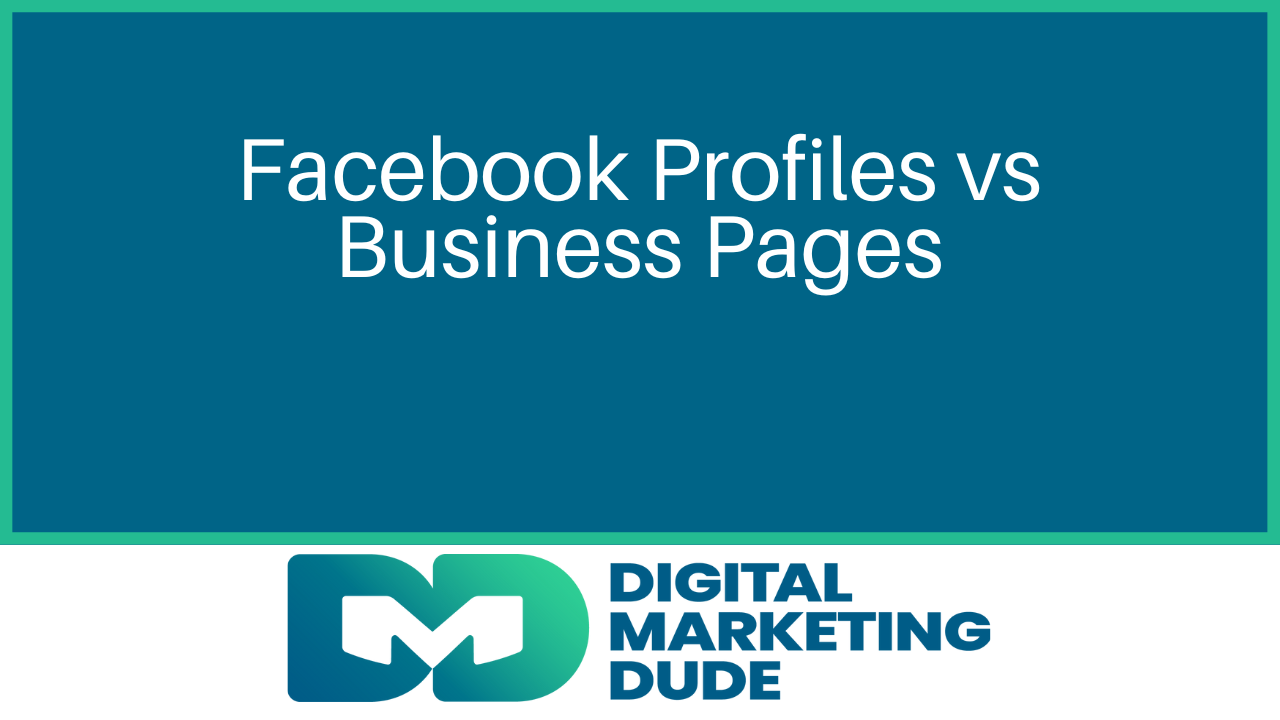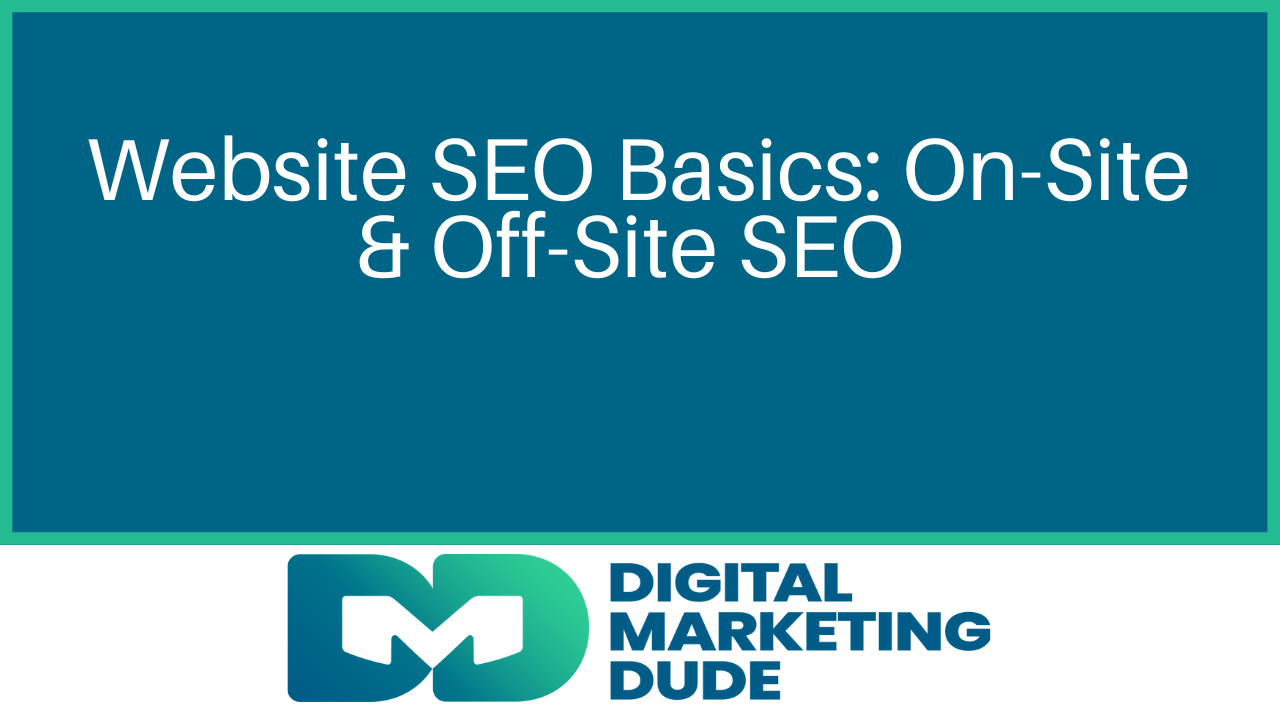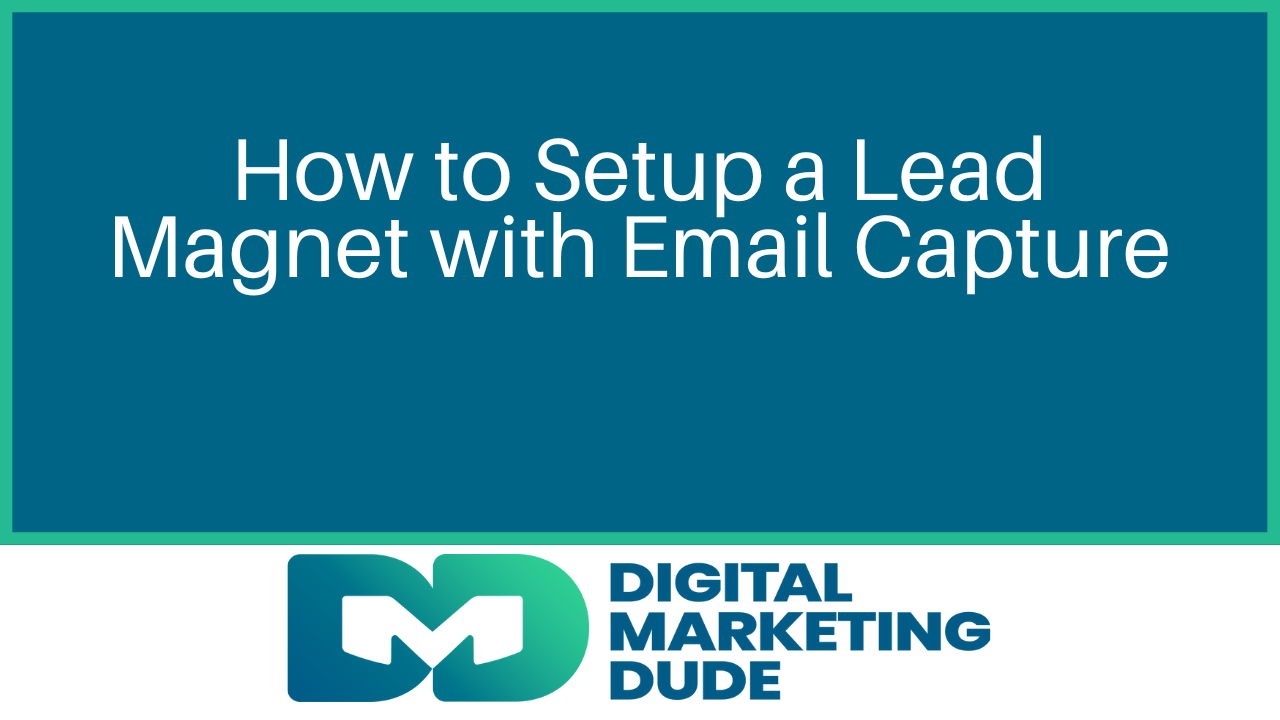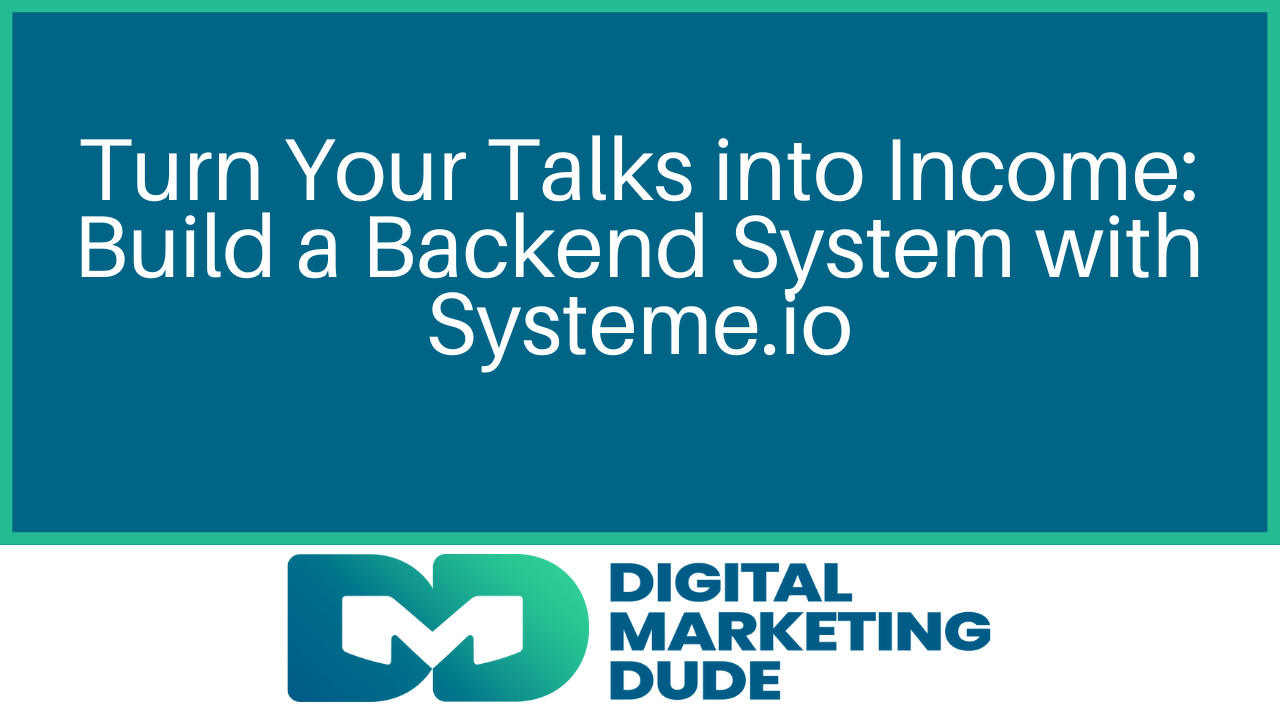Trust Potential – The Fourth M – Measurement
Peter Brissette • June 6, 2017

Hello, welcome to this month’s monthly marketing message. Something just for you this month. We’ve been doing our series on trust potential, talking about the four M’s of trust potential. Those are the message, the medium, the moment, and the measurement.
Today, we’re talking about the fourth M, the measurement. What should we measure? I’m talking about three basic areas that are areas that we should be measuring.
First, is our total online presence, our engagement with our prospects and our clients, and the results that really matter. Let’s measure our total online presence. What is that? That basically is the number of likes, the traffic that we have on our website, how many emails in our database. That’s a general idea of our total online reach. Now, those numbers in some cases are more vanity numbers than actual numbers that mean anything, but they’re numbers that we should still be looking at and measuring.
Are we increasing our followers on our Facebook page, for example. Are they the right followers? Is it the right target audience that we’re reaching in that as well? Pure number of likes on a Facebook page aren’t going to help you a lot, but the number of likes with the right audience that you’re reaching, that’s a whole different story.
That gets us to the next point, which is measuring engagement. When you know you’re reaching the right audience, you’ll be able to see that in engagement. In general, what is engagement? The most basic way we look at it in Facebook terms, are numbers of likes, comments, and shares. Are you getting likes, comments, and shares of the content that you’re posting on Facebook? That’s a really good way just to measure a basic level of engagement. That the audience, number one, appreciates the content that you’re putting out, that they like the content that you’re putting out, and they’re willing to actually go to the next step of sharing it. That’s when you’re connecting the right message with the right audience. That’s exactly where you want to be in engagement.
On your website, this might be downloading a pdf, or a report. It might be filling in an opt-in form. On your website, it might also be how long do they spend on your site? Are they spending 10 seconds on your website, or are they spending 30 minutes on your website, and what pages are they looking at? Are they watching videos and are you counting the video views? Those are things that you can measure in terms of engagement. What this tells you, engagement tells you is that you are nurturing your audience. You’re nurturing your prospects, your nurturing your potential clients, and that’s why engagement is important to measure.
Ultimately, what should we be measuring? Our number one goal for our website or online presence for all of this is to generate qualified and quality leads for our businesses. That’s the end result that we’re all after. That absolutely needs to be measured across your online presence. How many qualified leads have we generated? What was the source of those qualified leads? Ultimately, how many sales did we make?
What is it that we actually sold in terms of dollars, in terms of number of clients, and how’s that impacting our bottom line? Then, what did it cost us to not only acquire the lead, so there’s cost for the lead, but then what did it ultimately cost us to get a new client? In understanding your cost per client, acquisition cost is really super important to measure as well.
Those are the things I wanted to share with you here this month in the monthly marketing message. The fourth M of trust potential. The three previous ones are in the blog post and videos that we previously did. If you haven’t seen those yet, go back and watch those so you can get a better idea of what trust potential is all about. Hopefully, these are some basic guidelines and some direction that you can have in developing your marketing presence, whether that’s online, or even in person, all of the same things inside of trust potential apply to either one. Thank you and we’ll talk to you again next month.
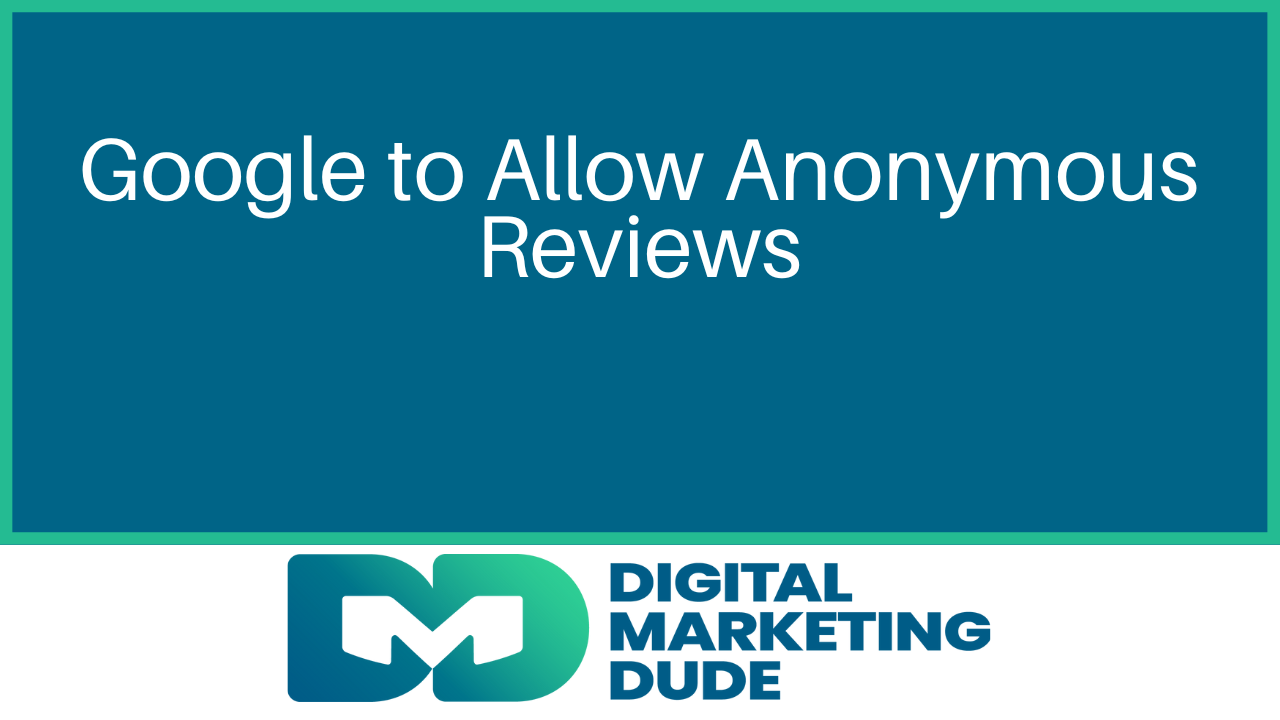
Video Transcript: All right, hey guys, Peter Brissette here, Digital Marketing Dude, and I wanted to share with you something new about Google reviews that you want to be aware of. So Google now will allow users to update their profile, their name on their profiles, so they can be more anonymous. So they're not entirely anonymous, but if they want to use an initial on their last name or shorten their first name, you know, if it's Jennifer and they just want to put Jen or whatever, Dogmom1234. They can change that on their reviews. So that change here just recently was updated means a couple of things. I just wanted to go through this article real quick and talk about that. So what exactly changed in the review system? So Google now allows any user to set up custom display name and profile image, which will appear on all reviews, photos, videos, and contributions across maps and search. It's also retroactive to all the other reviews that they have left as well. So you don't need to have a different Google account to protect your identity. You can just update your profile information. So in practice, what this should mean is that customers can leave reviews under a nickname instead of their full name. All past, future Google Maps contributions, adopt the pseudonym, applies across Q&A, images, and videos. So Google still knows the account behind the review, only the public name is going to be different. So it should allow, in some industries, folks to be able to leave reviews where maybe in the past they haven't. For example, legal services. So in legal services, can you imagine if you were charged for a crime and your attorney helped you and kept you out of jail or whatever it was, and you went on to post, hey, I got charged with shoplifting. And thankfully, my attorney helped me out. You may not want to put your name on that and have it out there. So things like that, mental health is another big area, various medical or health care practices, a lot of health care practices, I think this could affect. Definitely addiction treatment and recovery, financial advisors, and some sensitive home services. The big question is, does this is, The Increase fake review risk. Most people don't think so. Again, this article is from taprocard.com. They certainly don't think so because it's still a real account. It's not like it's a fake account or something like that. So I think it's still going to produce good reviews, but it should increase the number of reviews. And that's really why this matters for business. You should be able to get more reviews. What you want is more frequent reviews, more recent reviews, and that will help build trust from potential customers. And even with all the AI hype and everything that's going on, it's going to help you with your SEO in maps and search, in particular from phones. So how do businesses adjust the review request strategy? How One thing that can be added when you're requesting reviews is to mention if you'd like extra privacy, Google now allows you to leave reviews under a custom display name. And so that can be something that you add in there. I'm also going to put a link here in the post on how to change your Google display name so that you can see that and be able to offer that for your clients as well. So I just wanted to throw out this quick little update. If you have any questions about this, I want to talk about how your reviews are being managed right now. If you're using our services or someone else and would like to talk about that, please reach out. Thank you again, Peter Brissette, Digital Marketing Dude. Visit our website at dmdude.com. Here is the link to the original Post: https://taprocard.com/blogs/article/google-anonymous-reviews-update-2025 Here is a link that explains how to change your display name on google. https://support.google.com/maps/answer/15294714?hl=en
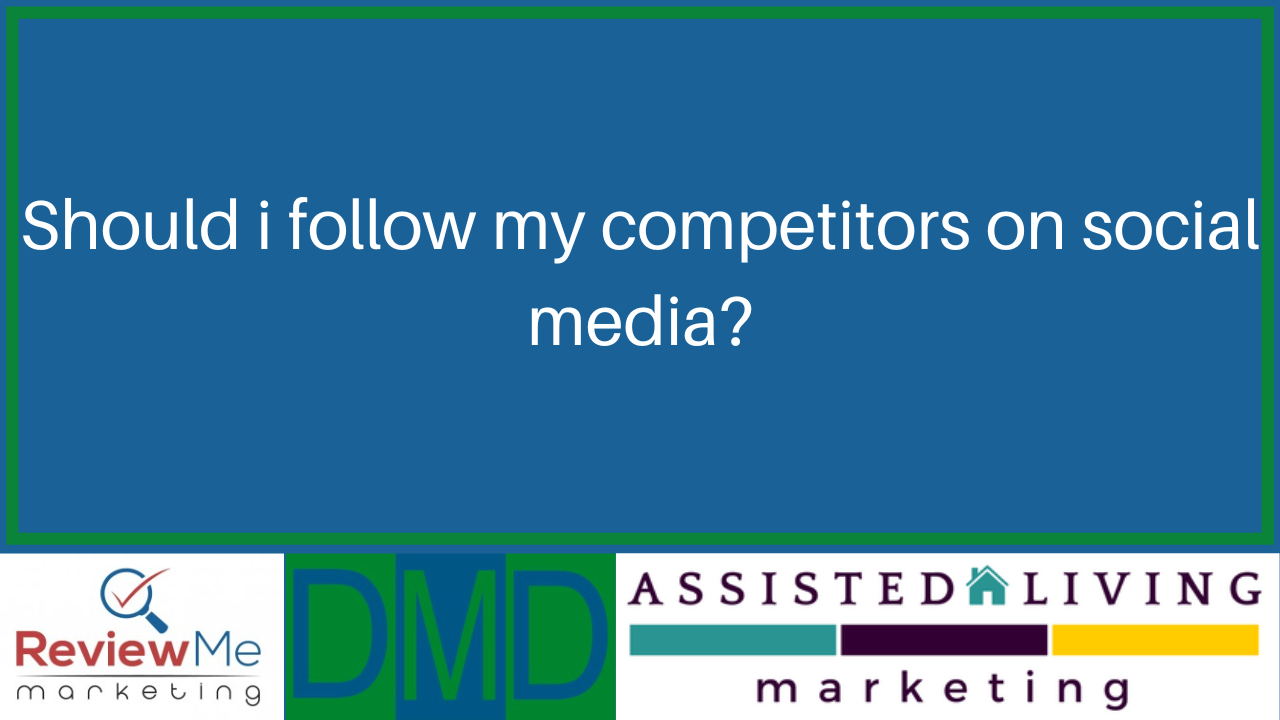
The last question that should we follow our competitors on social media? Sure, why not. You know, you want to see what they're doing and see what's happening there. You know if you're going to be active and you're really trying to use social to build your business then having a good idea what's what your competition is up to is probably important. And you know sometimes what I find with so called competitors is that we you know often times find people that we can collaborate with. It doesn't necessarily mean they are competitors so we work with a number of other marketing agencies and provides some services for them for their clients that they don't necessarily do, but they hire us to do it for them. So like I work with other marketing agencies, so they're not necessarily, you know, your competitor and everything. So but yeah, see what's going on you know, investigate, read up on them, see what they're doing, check out their websites, see what they're ranking for. You know, the more you understand the competitive landscape, the more you know what you should be doing and what you need to do.
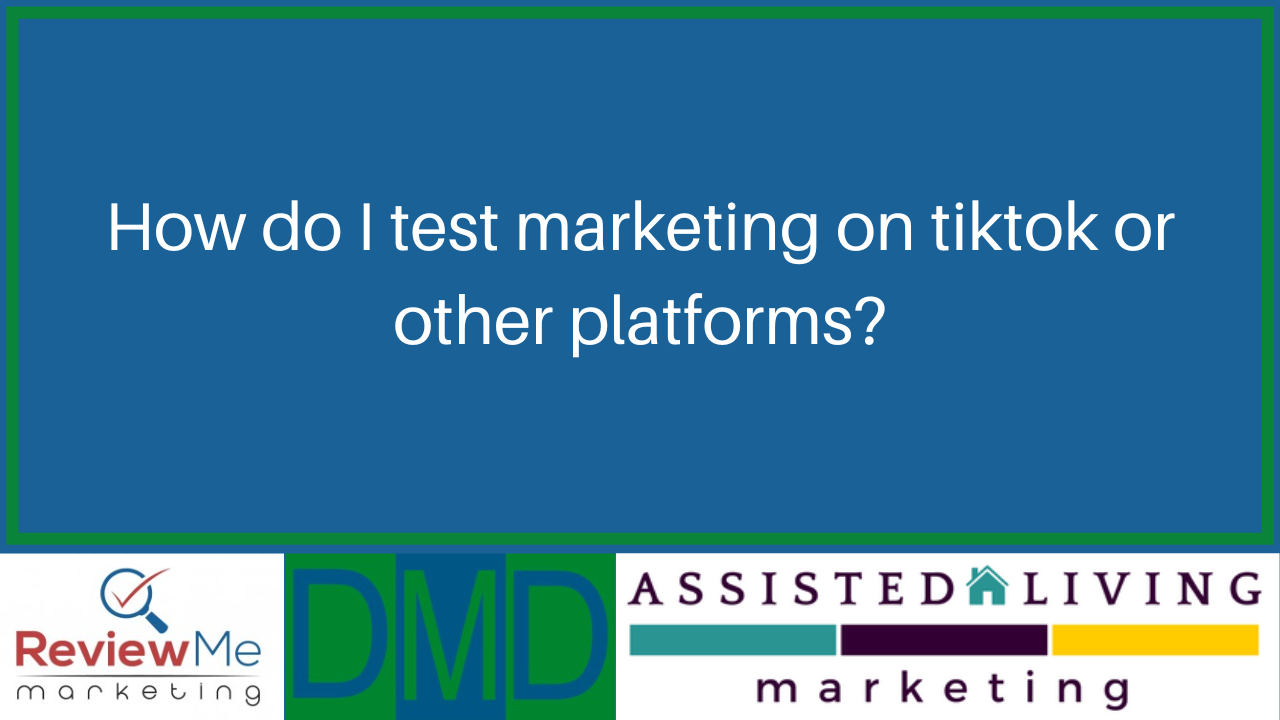
And the last question that we have is, can you say more about running a test on TikTok yeah, I so I'm not on TikTok I'm not using tiktok. I wind up watching a lot of TikTok videos on Facebook and the Facebook reels. I think it's fascinating. I find it very interesting. But it's not a platform that I've taken the time to jump on at this point. Again, based on where I'm at with strategy and so forth, it's not a fit for me. But anytime you're using any platform, if you're going to do something, you want to come up with some means of measurement. How am I going to measure success? What does success look like? Is it I, you know, posted a video and I got a thousand views. Is that success you know or is it actually driving traffic and are you tracking how much traffic and then are you tracking what happened to that traffic? Did they fill out a form, did they make a phone call? Like what's the, where do you want that to go? So we really need to step back and think about that whole process. Of creating content, I'm pushing this through to, you know, to my website. And this is what I want to have happen. This is what I wanted the results to be. And then how am I going to track it? How am I going to measure it and do that so anytime you're spending, anytime you're doing something new in particular. Or you're spending any money you need to track it all the way through. All the way through.
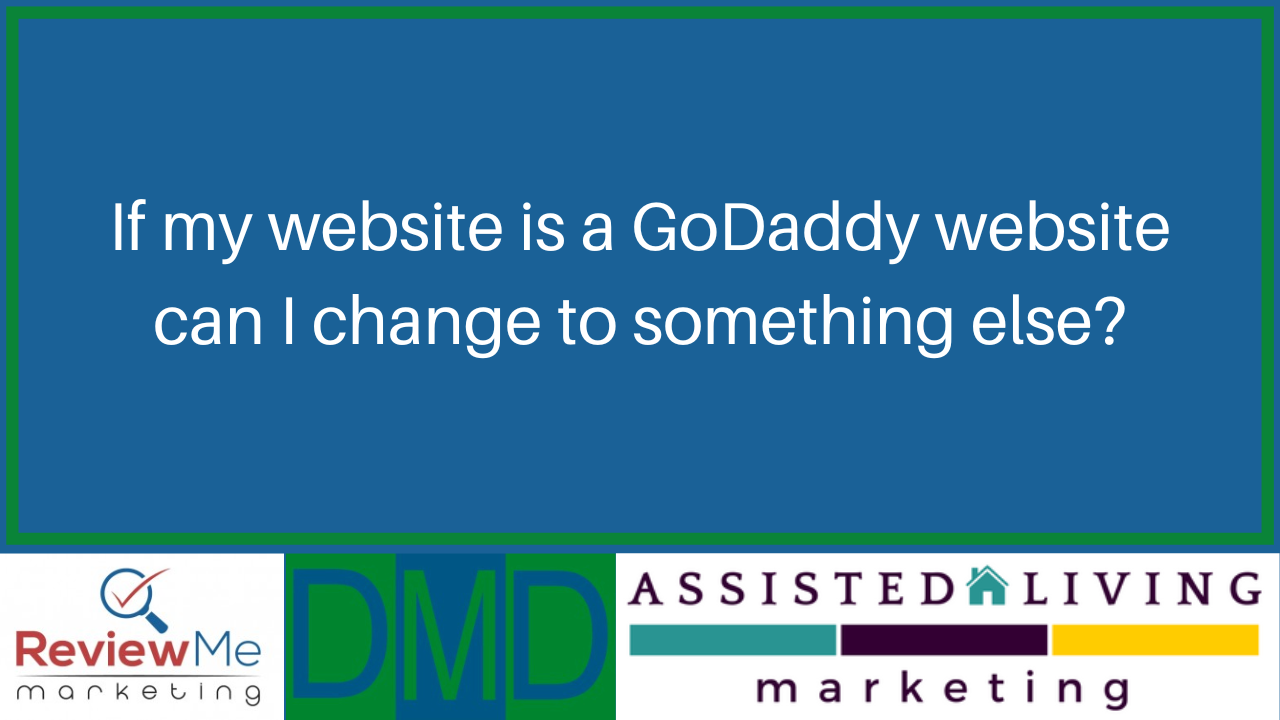
The next question that we have is if you have a GoDaddy web page already and are having some issues, are you able to switch over somehow? You can build your website on any other platform and then just you just change the domain where the domain points. So yeah, you can do that anytime. Thank you, Peter.
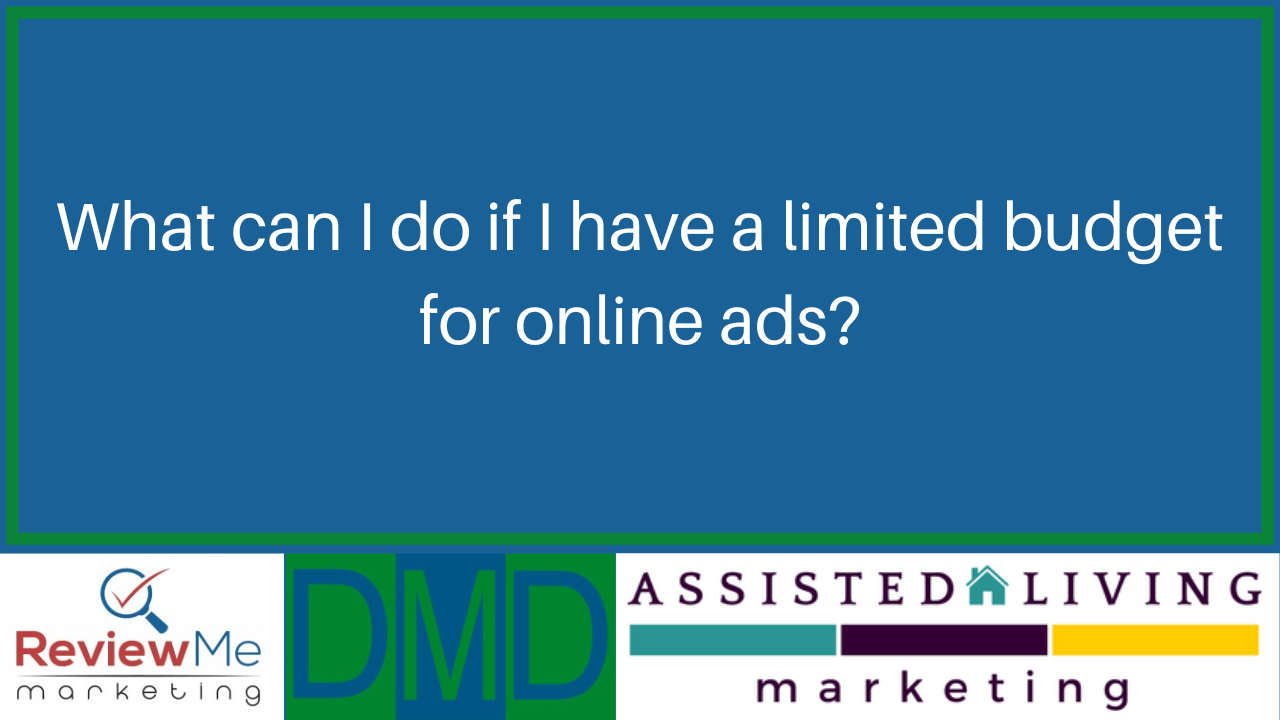
Next question is how powerful are paid plans to things like Google Adwords or whatever it is called now regarding driving traffic, how can you possibly compete when you don't have the cash to put towards such programs? Yeah, so that's where you gotta get creative. So again we're small businesses and we don't have you know, unlimited funds to you know, just throw a bunch of ads up and you know compete with some other big companies so. Again, this goes back to what are the things I can really do better, because chances are your website is getting some traffic and it could be getting good traffic, but if your messaging isn't clear on your website, you're not getting them to take the next step. They're not making a phone call or filling out a form. So where I can put energy and effort is in that messaging and that and being very clear about who I'm working with, the problem I solve, how I solve it. So that whoever does come across my radar, I have a much higher chance of converting that person then someone else. So you know it's not the best product that always wins, it's who's the best communicator. And so that's why I talk about what you own and what you can't can control and making sure that is dialed in. And doing what it's supposed to do so that if you do go I, if I'm dialed in and I know everything is working well with my website and it's communicating clearly now, I can spend a small amount on ads and drive a small amount of traffic knowing that I'm probably going to get a decent amount of conversions because my messaging's on point and so I don't have to spend as much as the big guy. But I can be more effective because I've spent time working on the stuff that really matters. Thanks, Peter.


